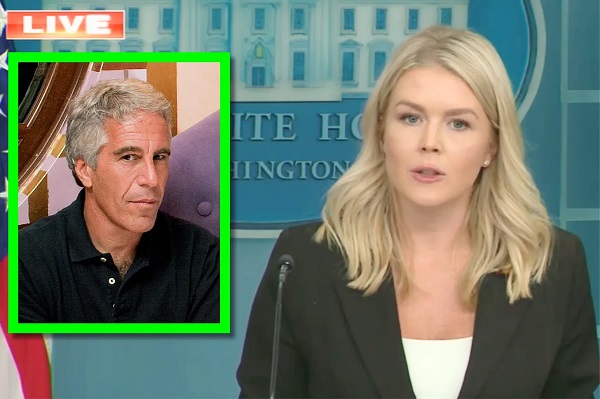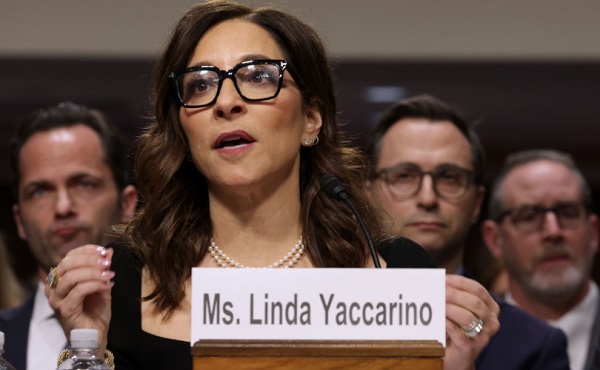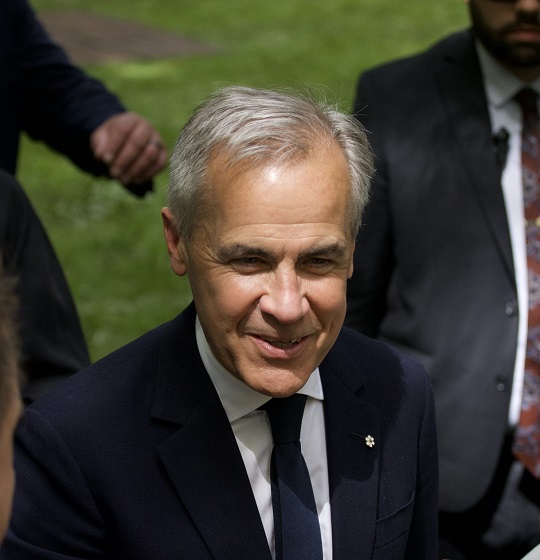Automotive
Electric vehicle sales mandates doomed to fail

From the Fraser Institute
By Julio Mejía and Elmira Aliakbari
Nearly 30 per cent of EV owners worldwide intend to switch back to internal combustion engine (ICE) vehicles.
According to new data released this week, electric vehicle (EV) sales in Europe plummeted by 36 per cent in Europe including a 69 per cent drop in Germany, the continent’s largest auto market. And according to a recent survey by McKinsey & Company, nearly 30 per cent of EV owners worldwide intend to switch back to internal combustion engine (ICE) vehicles. Clearly, in light of growing consumer hesitation and a global slowdown in EV sales, the ambitious timelines set by governments for the EV transition are increasingly at odds with market realities.
In Canada, the Trudeau government has mandated that all new passenger vehicles and light trucks must be zero-emission by 2035, with interim targets of 20 per cent by 2026 and 60 per cent by 2030. But only 8.1 per cent (139,521) of the 1.7 million new vehicles sold in Canada in 2023 were electric, according to Statistics Canada. And it takes an average of 55 days to sell an EV in Canada—33 days longer than in 2023 and four days more than a gasoline-powered car. To achieve the Trudeau government’s 2026 target, EV sales would need to more than double in just two years and increase more than sevenfold by 2030 (assuming no change in total vehicle sales). Such rapid growth within a short timeframe is questionable at best.
It’s a similar story in the United States where the Biden administration has mandated that nearly 60 per cent of new vehicles sold must be electric by 2032 even though demand in 2024 has been lighter than expected and nearly half of American EV owners say they’re likely to switch back to ICEs. In Europe, the United Kingdom and the European Union plan to ban the sale of new ICE vehicles by 2035 yet, as previously noted, EV sales are plummeting.
Some automakers have already responded to the realities of the EV market. In April, Tesla laid off 10 per cent of its global workforce. Ford announced it will cancel the production of an electric SUV, delay the production of an electric pickup truck, and postpone the start of EV production at its Oakville, Ontario plant by two years. General Motors abandoned its goal of producing 400,000 EVs by mid-2024 due to lower-than-expected sales and revealed in August it would delay the start of production at its battery plant in Indiana by about one year, pushing the timeline to 2027.
The EV transition also faces another major hurdle—a shortage of minerals for EV batteries that can only be addressed by opening a massive number of new mines in record time. According to a 2023 study, to meet international EV adoption mandates by 2030, the world would need 50 new lithium mines, 60 new nickel mines, 17 new cobalt mines, 50 new mines for cathode production, 40 new mines for anode materials, 90 new mines for minerals needed to produce battery cells, and 81 new mines for the body and motors of the EVs themselves, for a total of 388 new mines worldwide. For context, in 2021 there were only 340 metal mines operating in Canada and the U.S. combined.
Identifying, planning and constructing a mine is a slow process. For instance, lithium production timelines range from six to nine years and for nickel 13 to 18 years—both of these elements remain critical for EV batteries. Clearly, today’s aggressive government timelines for EV adoption clash with the realities of mineral mining.
The facts are undeniable. Governments can’t dictate consumer choices via mandate. The fantastic EV adoption timelines of the Trudeau government and other governments in the western world are increasingly out of touch with the realities of production and market demand. These governments have overestimated their ability to shape the auto industry, which is why EV mandates will fail.
Authors:
Automotive
America’s EV Industry Must Now Compete On A Level Playing Field
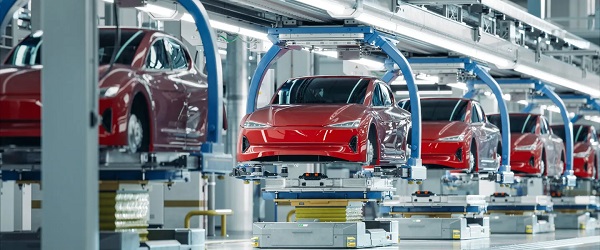

From the Daily Caller News Foundation
America’s carmakers face an uncertain future in the wake of President Donald Trump’s signing of the One Big Beautiful Bill Act (OBBBA) into law on July 4.
The new law ends the $7,500 credit for new electric vehicles ($4,000 for used units) which was enacted as part of the 2022 Inflation Reduction Act as of September 30, seven years earlier than originally planned.
The promise of that big credit lasting for a full decade did not just improve finances for Tesla and other pure-play EV companies: It also served as a major motivator for integrated carmakers like Ford, GM, and Stellantis to invest billions of dollars in capital into new, EV-specific plants, equipment, and supply chains, and expand their EV model offerings. But now, with the big subsidy about to expire, the question becomes whether the U.S. EV business can survive in an unsubsidized market? Carmakers across the EV spectrum are about to find out, and the outlook for most will not be rosy.
These carmakers will be entering into a brave new world in which the market for their cars had already turned somewhat sour even with the subsidies in place. Sales of EVs stalled during the fourth quarter of 2024 and then collapsed by more than 18% from December to January. Tesla, already negatively impacted by founder and CEO Elon Musk’s increased political activities in addition to the stagnant market, decided to slash prices in an attempt to maintain sales momentum, forcing its competitors to follow suit.
But the record number of EV-specific incentives now being offered by U.S. dealers has done little to halt the drop in sales, as the Wall Street Journal reports that the most recent data shows EV sales falling in each of the three months from April through June. Ford said its own sales had fallen by more than 30% across those three months, with Hyundai and Kia also reporting big drops. GM was the big winner in the second quarter, overtaking Ford and moving into 2nd place behind Tesla in total sales. But its ability to continue such growth absent the big subsidy edge over traditional ICE cars now falls into doubt.
The removal of the per-unit subsidies also calls into question whether the buildout of new public charging infrastructure, which has accelerated dramatically in the past three years, will continue as the market moves into a time of uncertainty. Recognizing that consumer concern, Ford, Hyundai, BMW and others included free home charging kits as part of their current suites of incentives. But of course, that only works if the buyer owns a home with a garage and is willing to pay the higher cost of insurance that now often comes with parking an EV inside.
Decisions, decisions.
As the year dawned, few really expected the narrow Republican congressional majorities would show the political will and unity to move so aggressively to cancel the big IRA EV subsidies. But, as awareness rose in Congress about the true magnitude of the budgetary cost of those provisions over the next 10 years, the benefit of getting rid of them ultimately subsumed concerns about the possible political cost of doing so.
So now, here we are, with an EV industry that seems largely unprepared to survive in a market with a levelized playing field. Even Tesla, which remains far and away the leader in total EV sales despite its recent struggles, seems caught more than a little off-guard despite Musk’s having been heavily involved in the early months of the second Trump presidency.
Musk’s response to his disapproval of the OBBBA was to announce the creation of a third political party he dubbed the American Party. It seems doubtful this new vanity project was the response to a looming challenge that members of Tesla’s board of directors would have preferred. But it does seem appropriately emblematic of an industry that is undeniably limping into uncharted territory with no clear plan for how to escape from existential danger.
We do live in interesting times.
David Blackmon is an energy writer and consultant based in Texas. He spent 40 years in the oil and gas business, where he specialized in public policy and communications.
Automotive
Federal government should swiftly axe foolish EV mandate

From the Fraser Institute
Two recent events exemplify the fundamental irrationality that is Canada’s electric vehicle (EV) policy.
First, the Carney government re-committed to Justin Trudeau’s EV transition mandate that by 2035 all (that’s 100 per cent) of new car sales in Canada consist of “zero emission vehicles” including battery EVs, plug-in hybrid EVs and fuel-cell powered vehicles (which are virtually non-existent in today’s market). This policy has been a foolish idea since inception. The mass of car-buyers in Canada showed little desire to buy them in 2022, when the government announced the plan, and they still don’t want them.
Second, President Trump’s “Big Beautiful” budget bill has slashed taxpayer subsidies for buying new and used EVs, ended federal support for EV charging stations, and limited the ability of states to use fuel standards to force EVs onto the sales lot. Of course, Canada should not craft policy to simply match U.S. policy, but in light of policy changes south of the border Canadian policymakers would be wise to give their own EV policies a rethink.
And in this case, a rethink—that is, scrapping Ottawa’s mandate—would only benefit most Canadians. Indeed, most Canadians disapprove of the mandate; most do not want to buy EVs; most can’t afford to buy EVs (which are more expensive than traditional internal combustion vehicles and more expensive to insure and repair); and if they do manage to swing the cost of an EV, most will likely find it difficult to find public charging stations.
Also, consider this. Globally, the mining sector likely lacks the ability to keep up with the supply of metals needed to produce EVs and satisfy government mandates like we have in Canada, potentially further driving up production costs and ultimately sticker prices.
Finally, if you’re worried about losing the climate and environmental benefits of an EV transition, you should, well, not worry that much. The benefits of vehicle electrification for climate/environmental risk reduction have been oversold. In some circumstances EVs can help reduce GHG emissions—in others, they can make them worse. It depends on the fuel used to generate electricity used to charge them. And EVs have environmental negatives of their own—their fancy tires cause a lot of fine particulate pollution, one of the more harmful types of air pollution that can affect our health. And when they burst into flames (which they do with disturbing regularity) they spew toxic metals and plastics into the air with abandon.
So, to sum up in point form. Prime Minister Carney’s government has re-upped its commitment to the Trudeau-era 2035 EV mandate even while Canadians have shown for years that most don’t want to buy them. EVs don’t provide meaningful environmental benefits. They represent the worst of public policy (picking winning or losing technologies in mass markets). They are unjust (tax-robbing people who can’t afford them to subsidize those who can). And taxpayer-funded “investments” in EVs and EV-battery technology will likely be wasted in light of the diminishing U.S. market for Canadian EV tech.
If ever there was a policy so justifiably axed on its failed merits, it’s Ottawa’s EV mandate. Hopefully, the pragmatists we’ve heard much about since Carney’s election victory will acknowledge EV reality.
-

 illegal immigration2 days ago
illegal immigration2 days agoICE raids California pot farm, uncovers illegal aliens and child labor
-

 Uncategorized13 hours ago
Uncategorized13 hours agoCNN’s Shock Climate Polling Data Reinforces Trump’s Energy Agenda
-
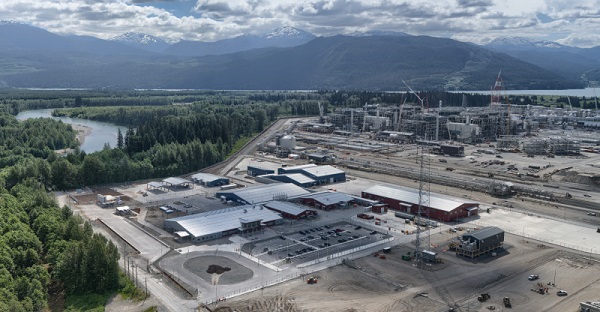
 Energy1 day ago
Energy1 day agoLNG Export Marks Beginning Of Canadian Energy Independence
-

 Business1 day ago
Business1 day agoCarney government should apply lessons from 1990s in spending review
-

 Entertainment1 day ago
Entertainment1 day agoStudy finds 99% of late-night TV guests in 2025 have been liberal
-

 Frontier Centre for Public Policy13 hours ago
Frontier Centre for Public Policy13 hours agoCanada’s New Border Bill Spies On You, Not The Bad Guys
-

 Opinion6 hours ago
Opinion6 hours agoPreston Manning: Three Wise Men from the East, Again
-

 Addictions5 hours ago
Addictions5 hours agoWhy B.C.’s new witnessed dosing guidelines are built to fail




